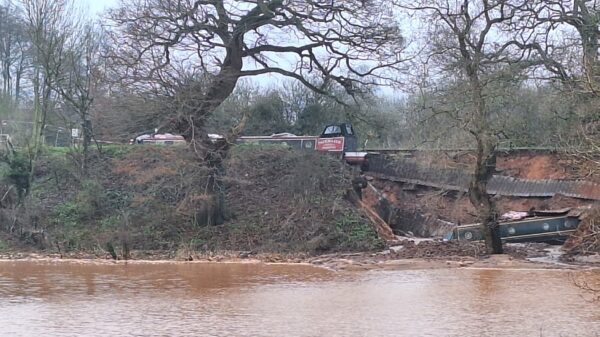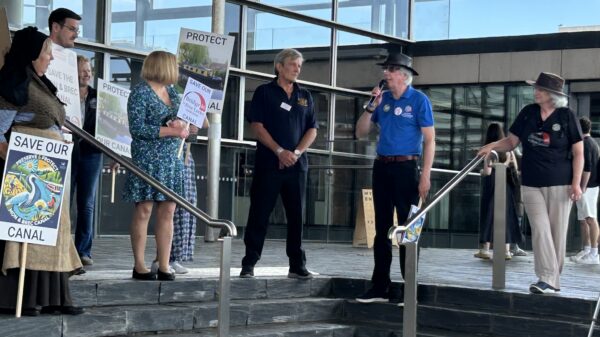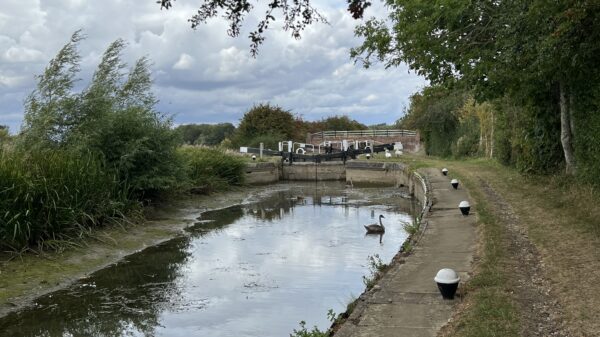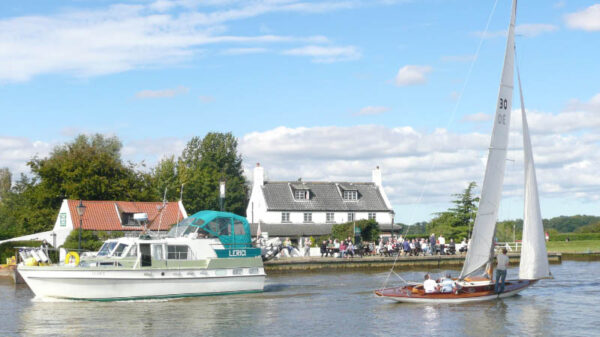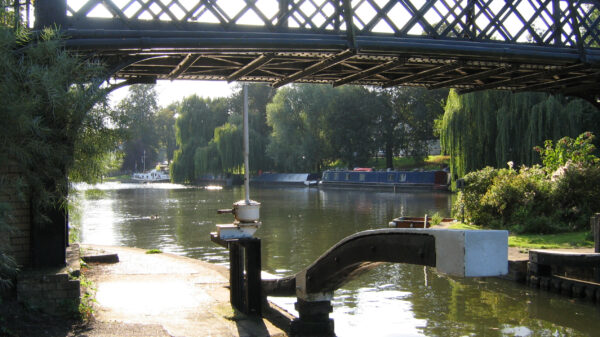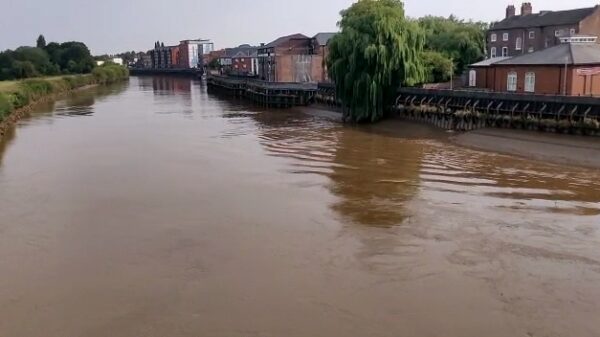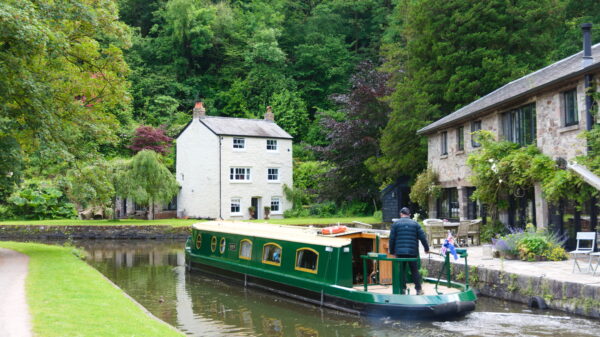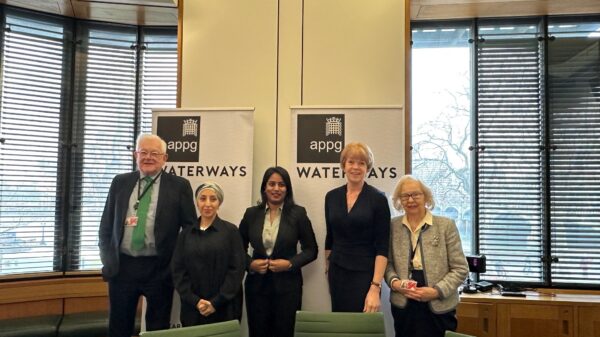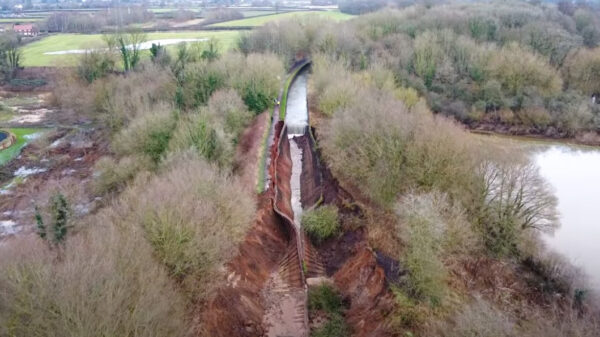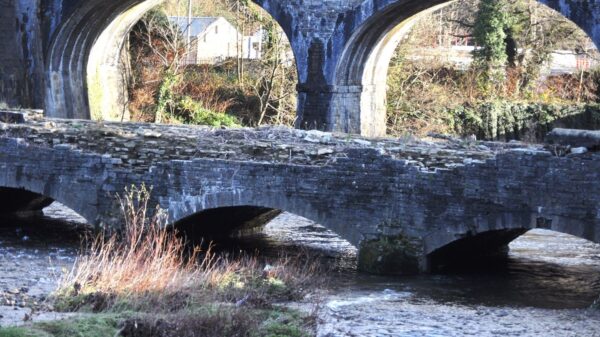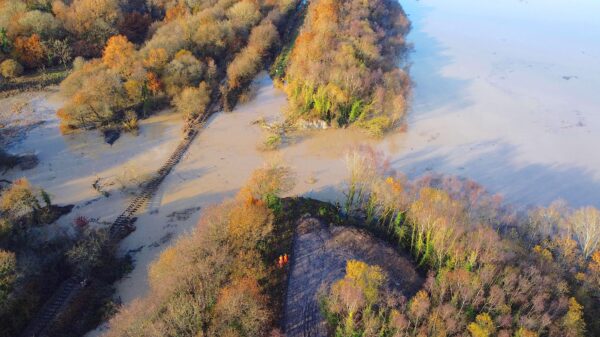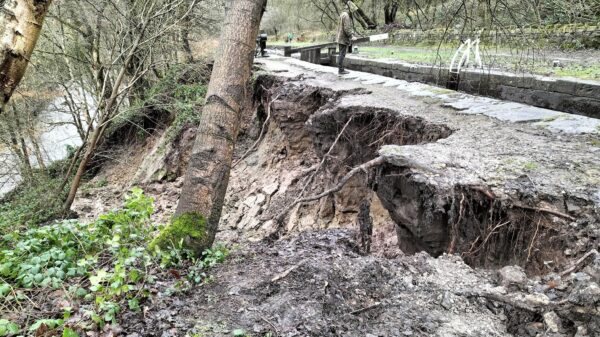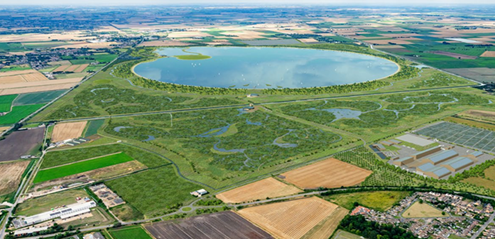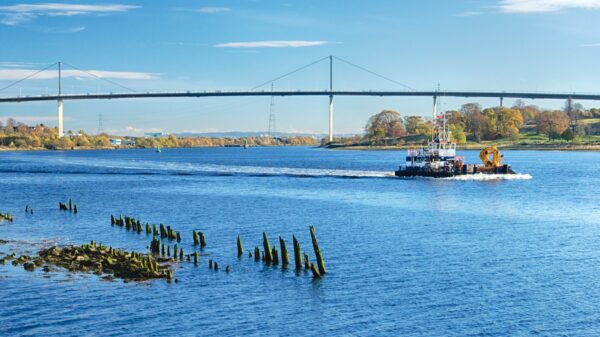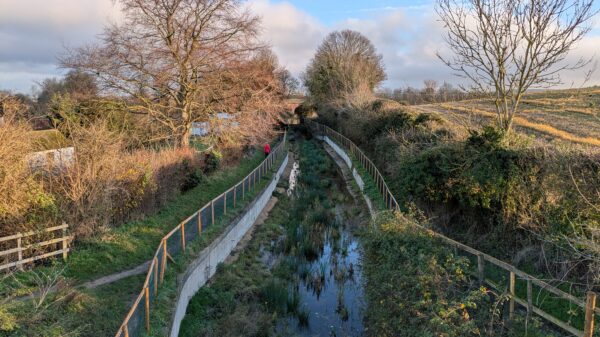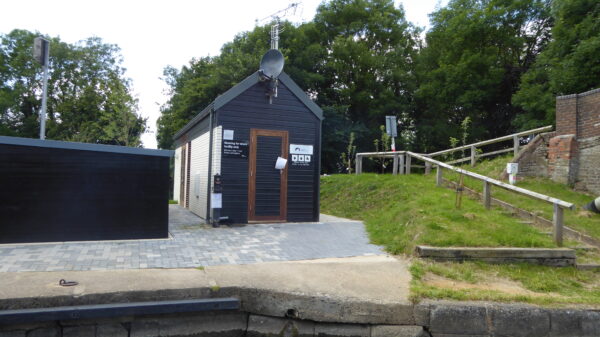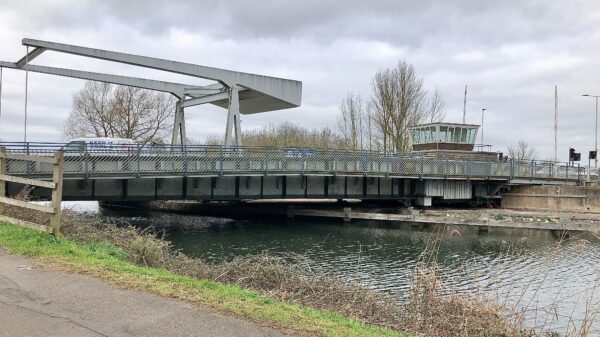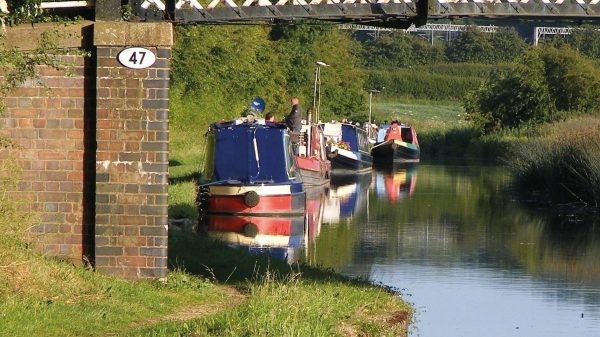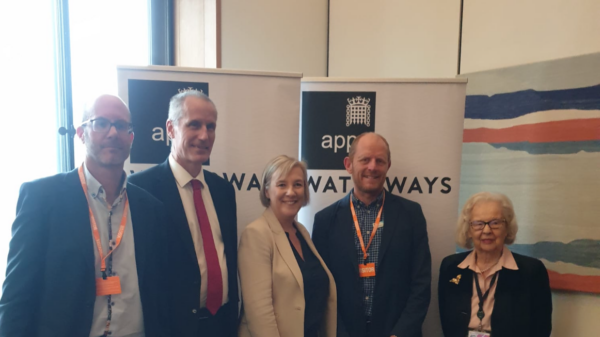IWA, and other campaign groups working to get more freight off roads and on to waterways want the government to take a closer look at how waterways can contribute to the freight sector, with waterbourne traffic taking the load off long haul road journeys, helping decarbonise the sector.
In June, the Department for Transport published its ‘Future of Freight’ plan. IWA joined campaigners, including the Commercial Boat Operators Association, and freight operator GPS Marine to say that the inclusion of water freight, for what is believed to be the first time, is an important step but it doesn’t go far enough.
We support the vision of Transport Minister Judy Harrison for a ‘world-class, seamless flow of freight across our roads, railways, seas, skies and waterways’ and say the strategy is a welcome attempt to deliver a long-term strategy for freight. But if the Government does not commit to waterways, including funding for navigation authorities, the benefits for people across skills, jobs, health, and the environment will not be delivered. We called on the Government to invest in improving freight waterways so they could take larger cargoes, in the same way that Government improved major roads for lorries. We added that a revival of the Freight Facilities Grant system for capital equipment was also needed.
Les Etheridge, Inland Waterways Association National Chair, said: “IWA welcomes the inclusion of inland waterways freight in this report but we feel that more detail and commitment is needed, in order to effect real change. On many inland waterways maximising potential for freight will require investment from navigation authorities to increase the capacity so it is vitally important that the waterways receive adequate funding from government. We also feel that planning guidance needs to be stronger, to protect wharves from the pressure of development.”
Obstacles to achieving fuller integration for barge and coastal maritime operators across the different freight channels include the closure of wharves, delays in planning permission to allow new riverside loading and unloading facilities and a lack of understanding of how river traffic can increase safety and reduce harmful emissions, compared with lorry transport.

